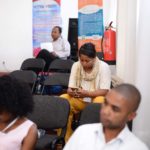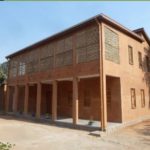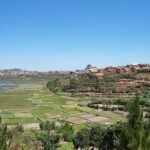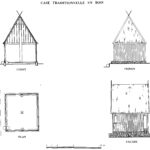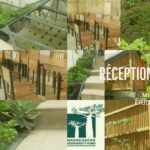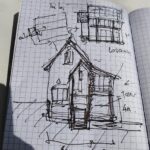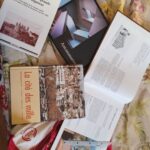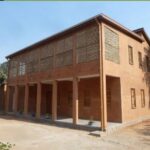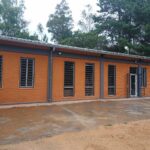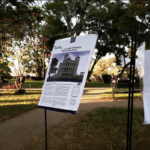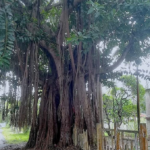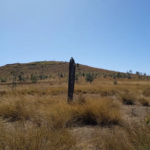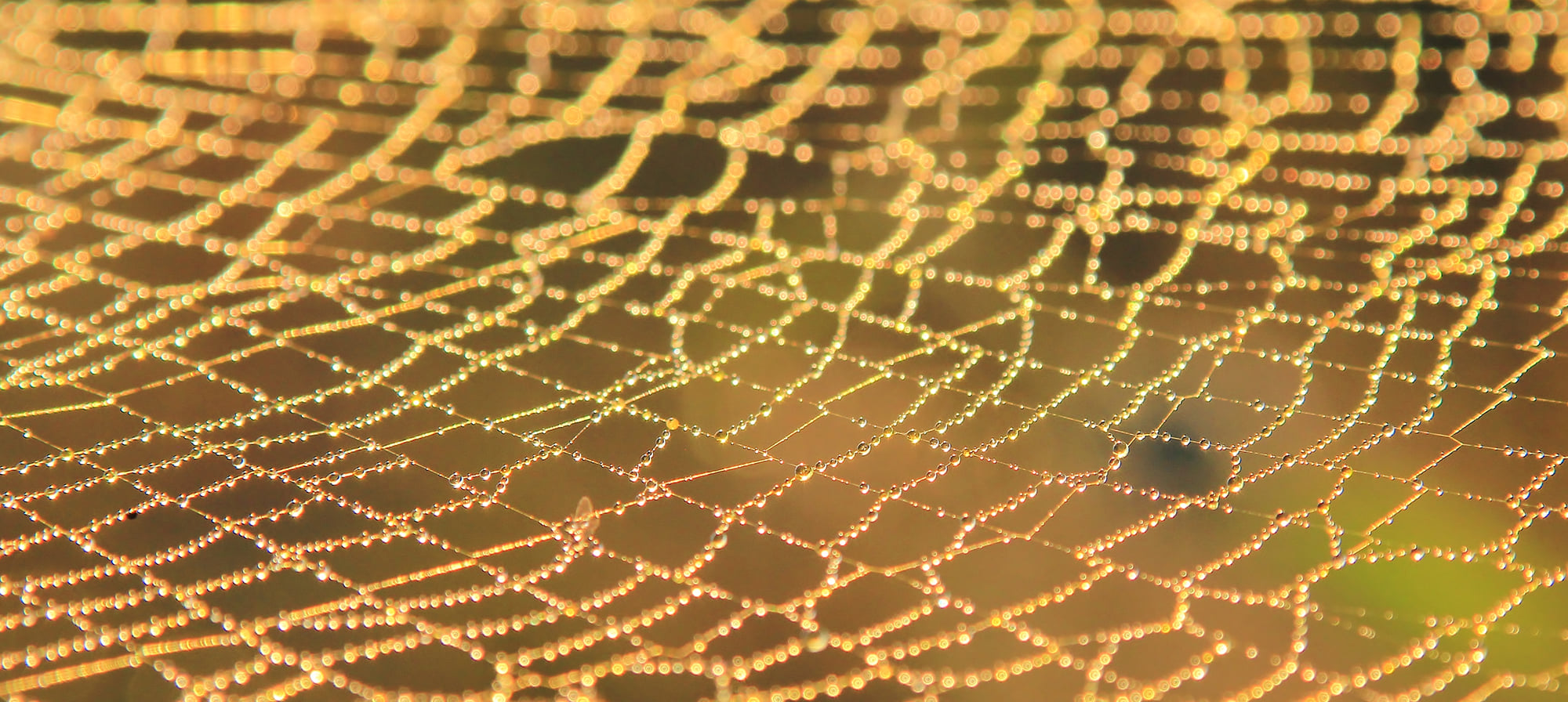
Part I
In the course of a conversation, Bekoto Paysans ** told me that his grandmother collected webs used to weave clothing made of the Hala Bé that she left to reproduce near the house. This story haunted me for months, if not years. how could we like exploit spiders to make gold thread? in Madagascar and industrially?
so at 8:22 p.m today I have just finalized my little research which led me from London to Antananarivo through a journey in time that I will share with you in this post
In the 1800s, France made another attempt (from a 17th century theory) to turn spider silk into an industry. This time it was the Jesuit missionary Paul Camboué’s obsession that led the way. Proselytizing in Madagascar, he became fascinated with the Golden Orb Weaver.
Auguste Vinson was a French physician and naturalist sent by Napoleon III to attend Prince Radama II Coronation in 1863. was a French physician and naturalist. He is known for his research of Araneidae (orb-weaver spiders) native to Madagascar, Réunion and Mauritius.
https://www.biodiversitylibrary.org/item/218257#page/7/mode/1up
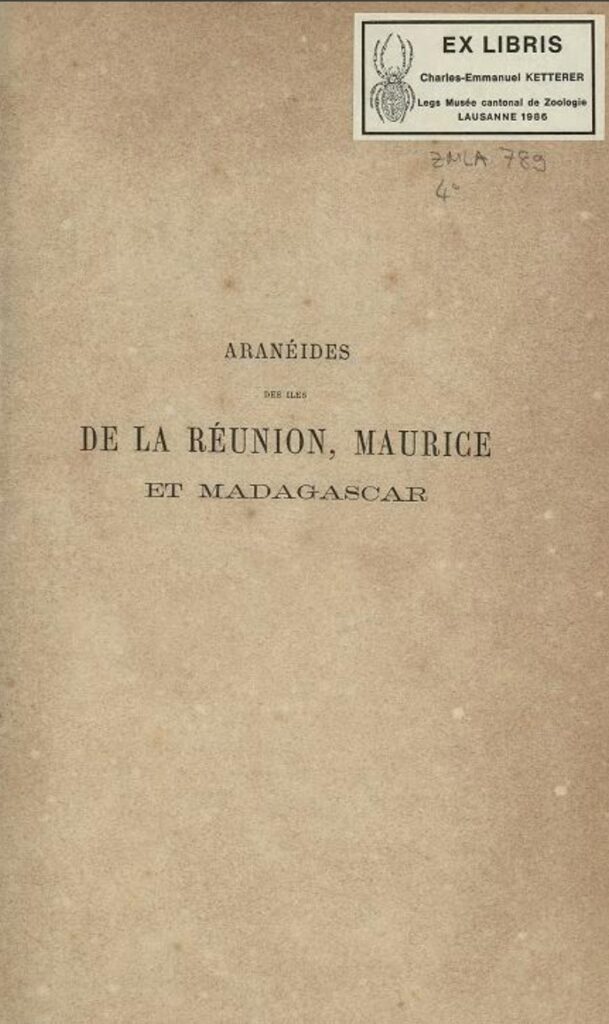


He brought back enough weave for a beautiful pair of gold silk glove for Empress Eugenie.
https://www.facebook.com/halabeparis/photos/a.1473987012813832/1597817717097427
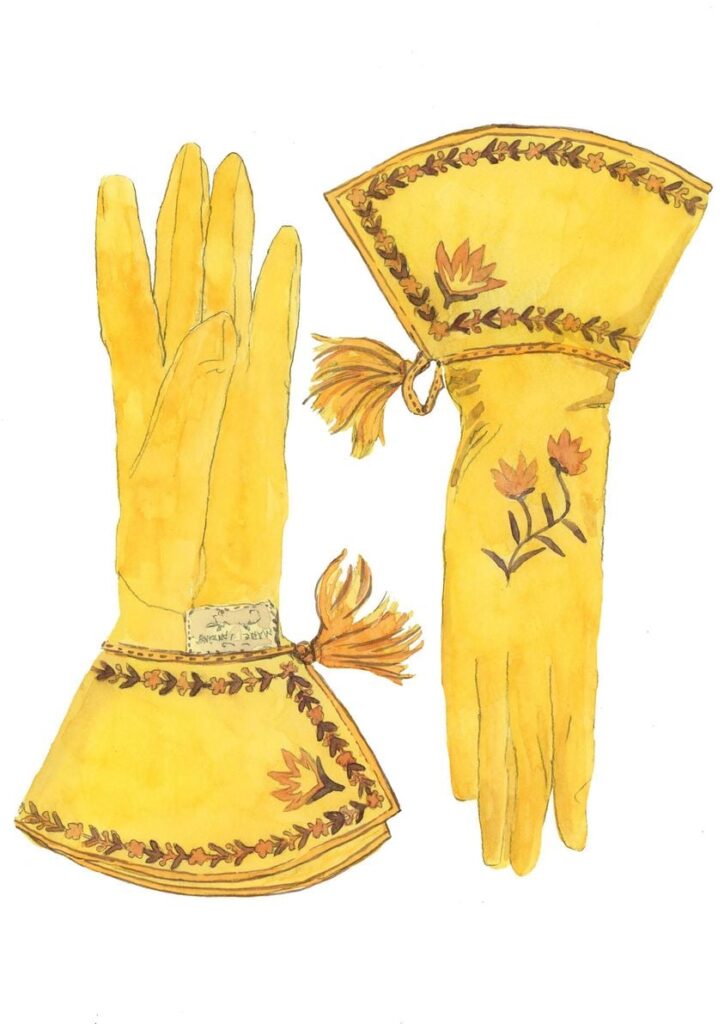
Even though many publications after Paris Exposition have written out spider silk industry, I discovered that early XXth century workshops were bourgeoning in Antananarivo. “Also, in a single term of 1905, the Vocational School of Tananarive received 30,000 Halabés. produce, in one month, 55,000 m.”
– The Spider Industry, L. Fage, 1938
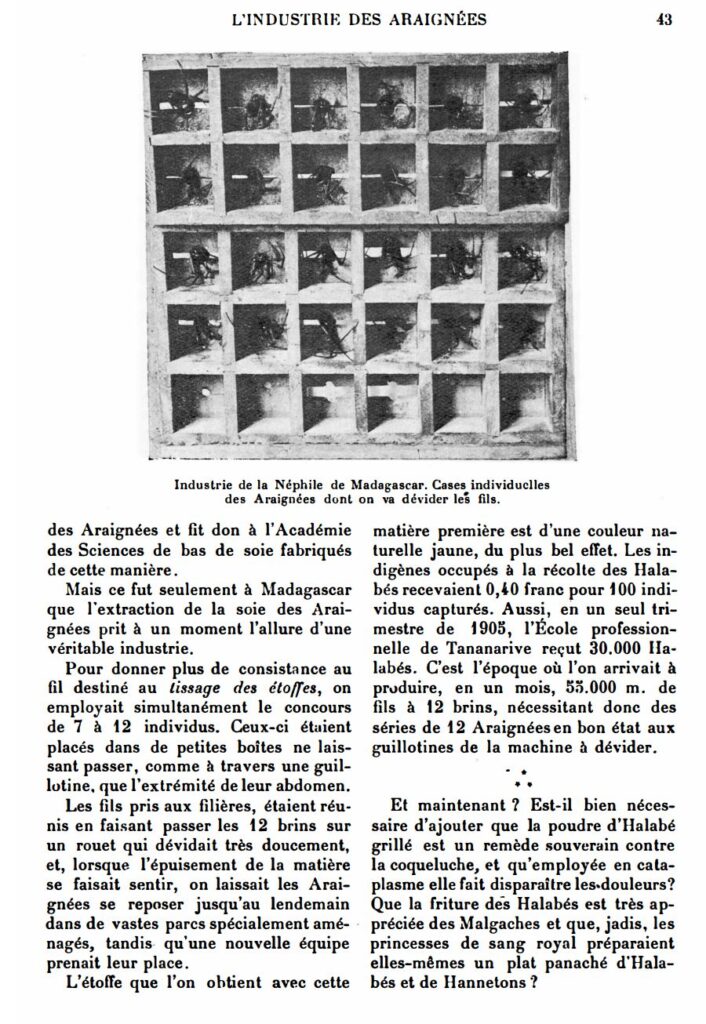
https://hal.archives-ouvertes.fr/hal-03532778/document
So if we find out on the Internet that high end luxury stylists are able to embroid the most beautiful cape made of Golden Spider Silk it was thanks to women such as Bekoto Paysans grand-mother who today are spending hours and hours on the job.

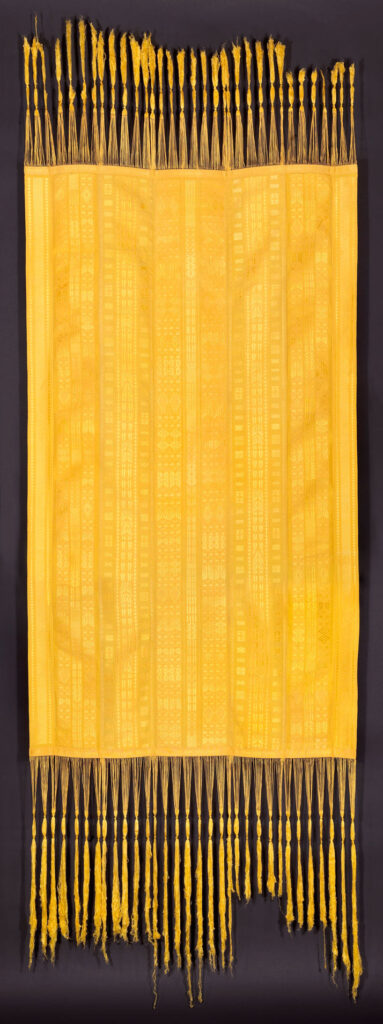
Three years, 1.2 million Golden Orb Weaver spiders individually collected in the highlands of Madagascar and many hours of intensive labour by specially skilled workers; all employed to produce the only hand-embroidered large textile made purely out of spider silk, showcased at the V&A Museum in London (25 January – 5 June 2012).
https://www.yatzer.com/Golden-Spider-Silk
Hala Bé Paris https://www.facebook.com/halabeparis/ That’s all folks … NOT New findings from Mialy Andriamananjara
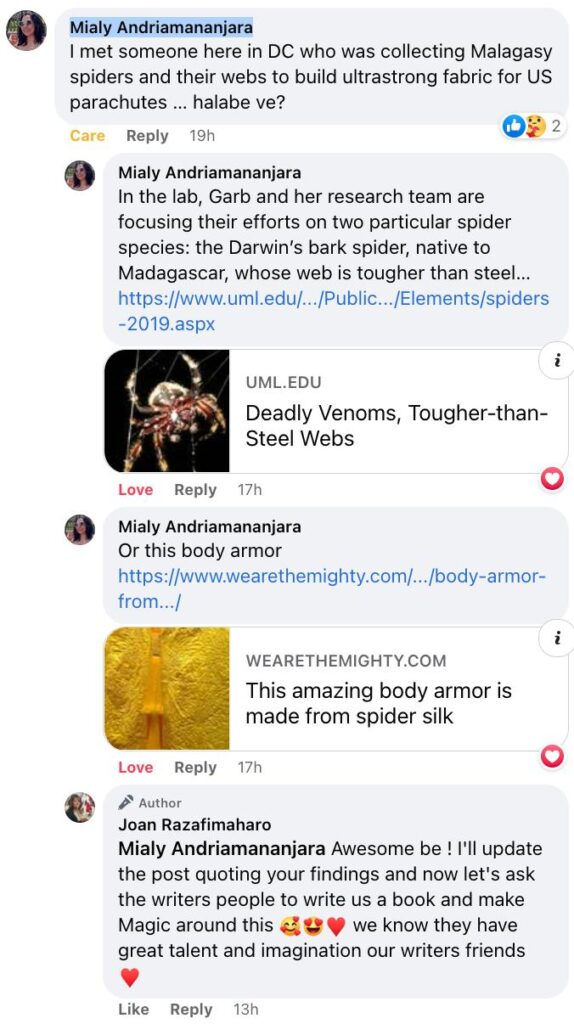
Deadly Venoms, Tougher-than-Steel Webs (…) In the lab, Garb and her research team are focusing their efforts on two particular spider species: the Darwin’s bark spider, native to Madagascar, whose web is tougher than steel and can extend long distances without breaking, and the infamous black widow, common in the southern U.S., whose potent venom is composed of a unique set of toxins that pose an “evolutionary mystery.”
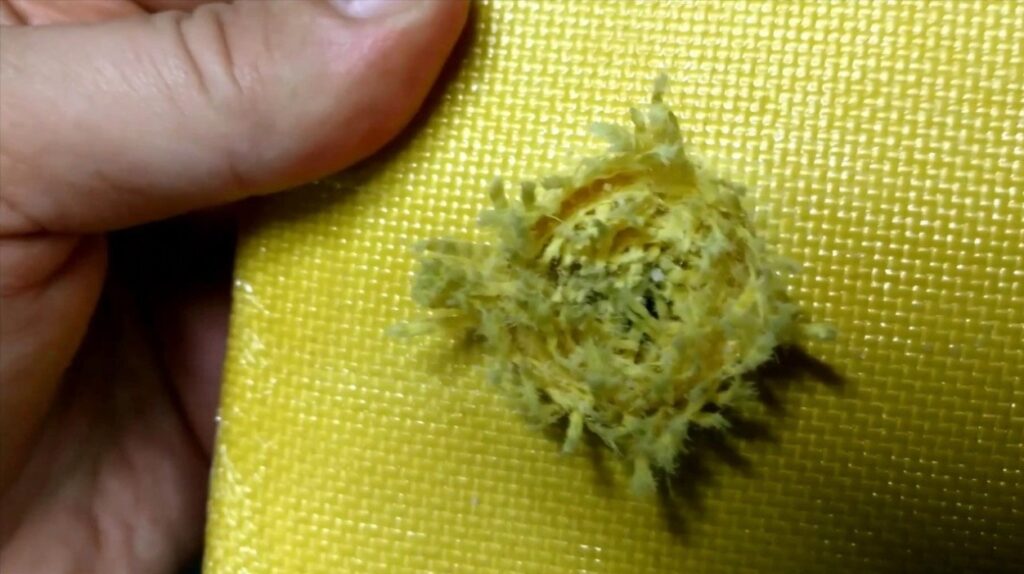
(…) Ballistic spider silk panels. Spider silk is a protein-rich liquid that dries into a solid filament that can vary in composition depending on what the spider is doing with the web, such as weaving a web for food or creating an egg sac. It’s flexible, able to stretch well beyond its original length, stronger than steel, and most importantly, can create a mesh able to stop a bullet. But until recently, no one has been able to create enough of the stuff to actually make and test viable options for stopping bullets.
Researchers from Utah State University were able to program the DNA of silkworms to integrate spider proteins into their own silk. Silkworms even spin the silk into threads on their own. The result is twice as strong and elastic as silkworm silk and can be created on an industrial scale. The result was able to stop a slow-moving .22-caliber round with only four layers. Standard Kevlar armor uses 33 layers.
(…) the fabric, called “Dragon Silk,” was also created without using entire colonies of spiders, who were more likely to eat one another than live in peace and create fabric.
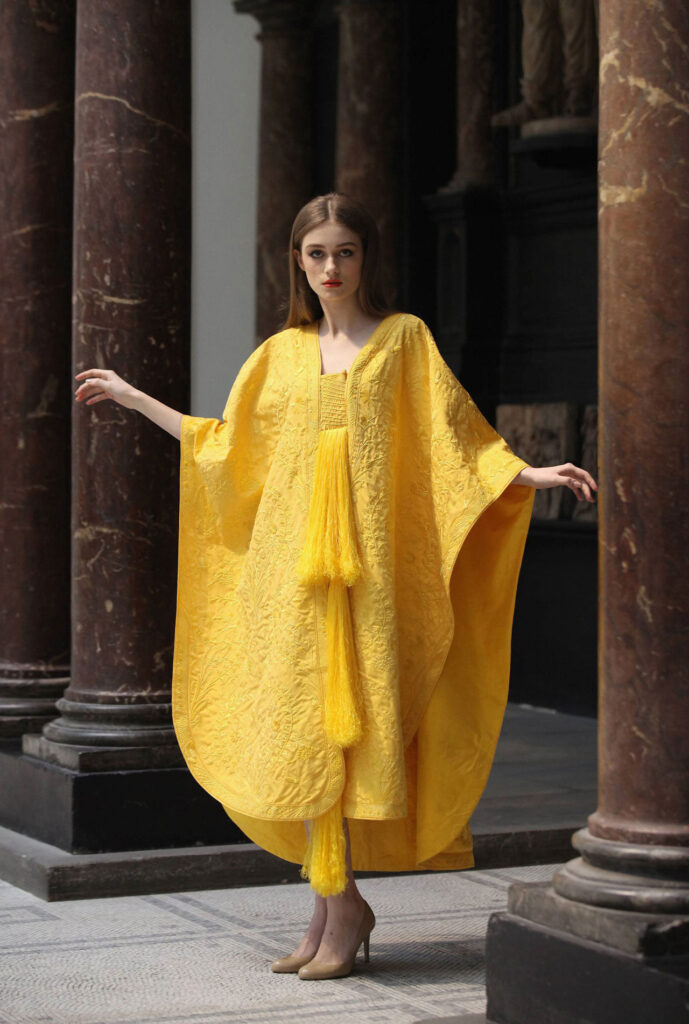
** this story never ever ends….in fact we are going back to where it all began : Bekoto Paysans shared about Jeanne Rasoanasy’s researches on Ala Be and I leave to discover this wonderful story
http://bekotopaysans.blogspot.com/search/label/Smithsonian%20Institut
We are so lucky to have such great and generous minds and I can’t help but feel like one of the luckiest person in the country to have met and be close to them (family and friendship wise)


